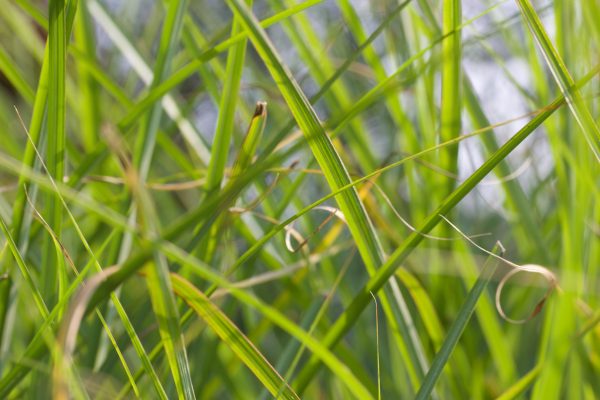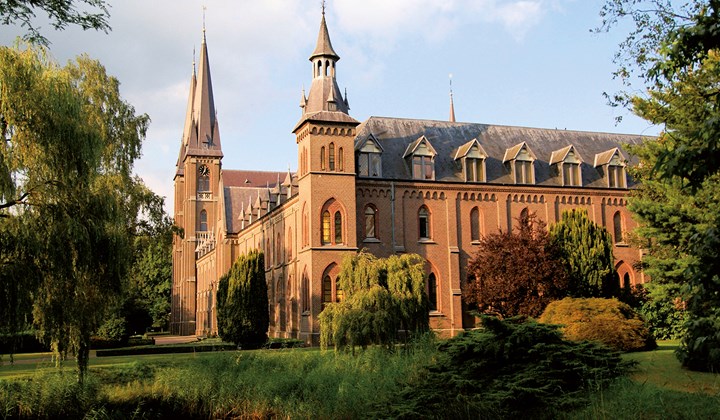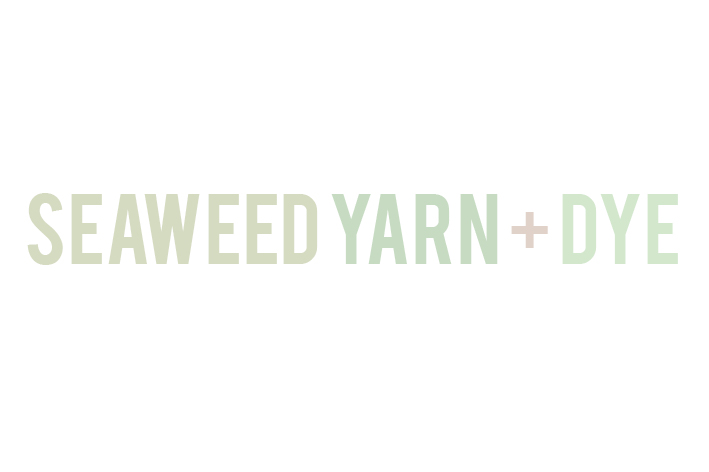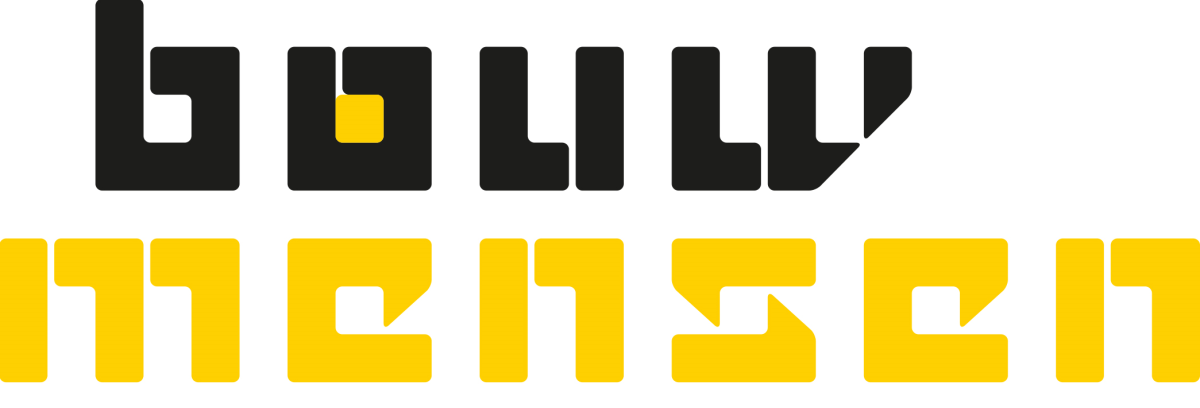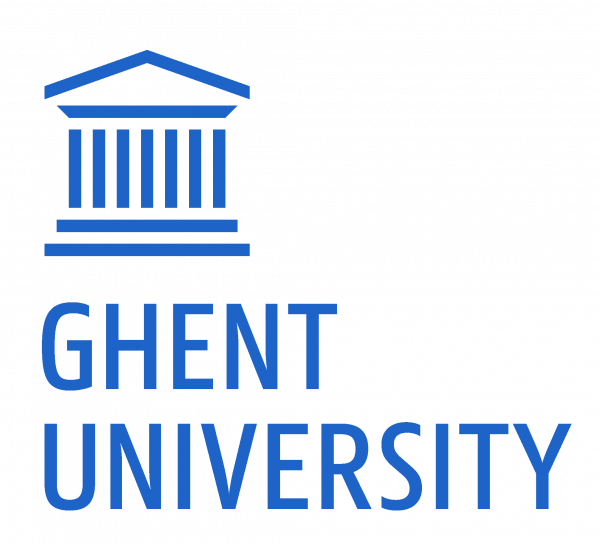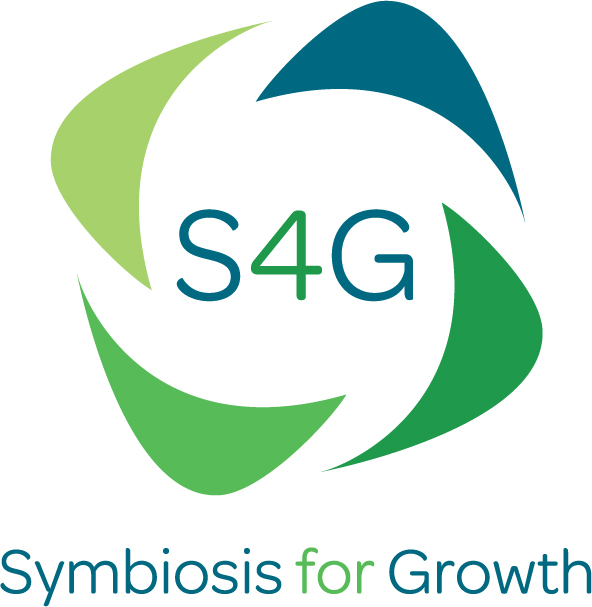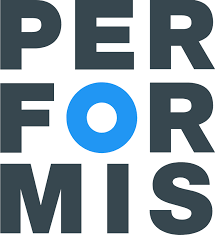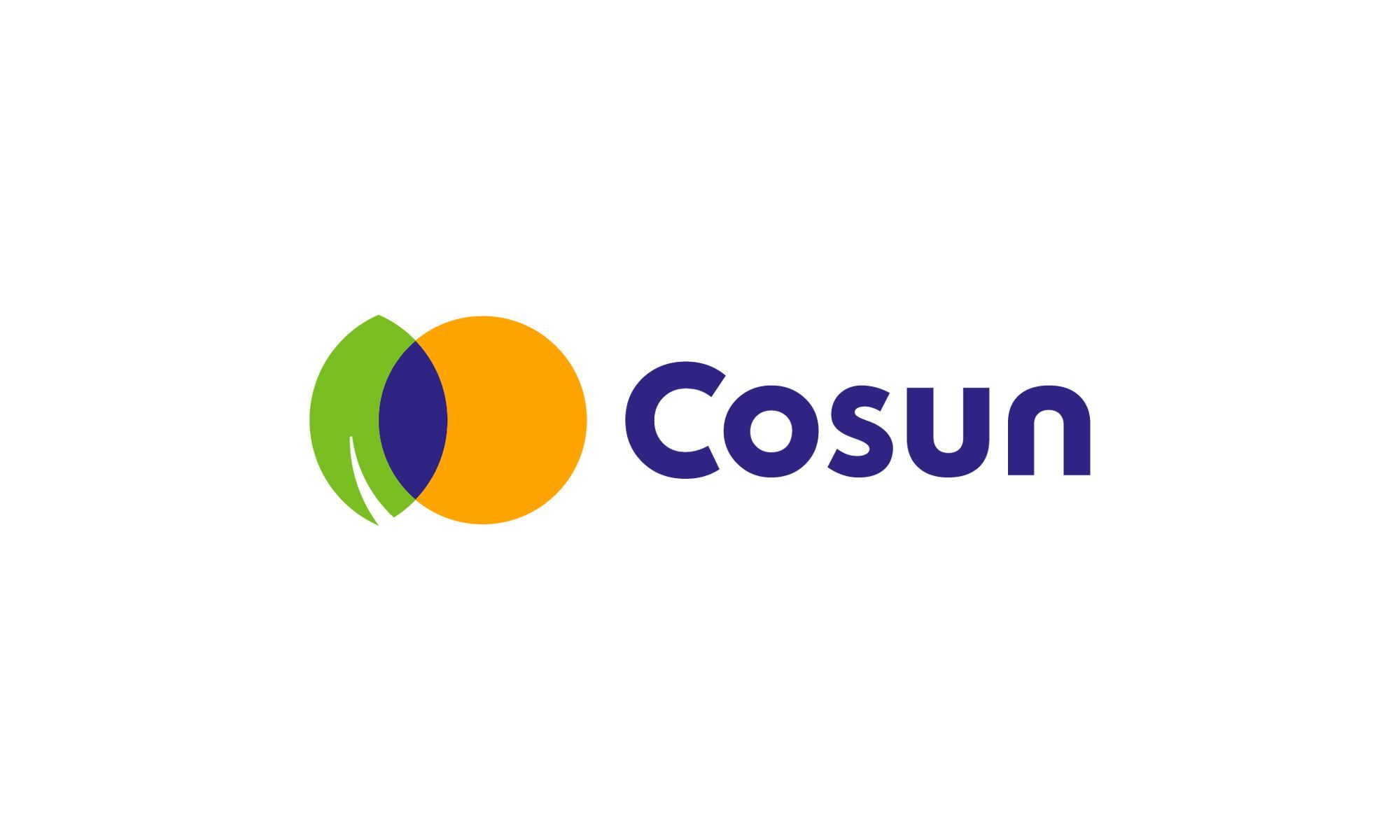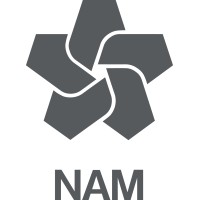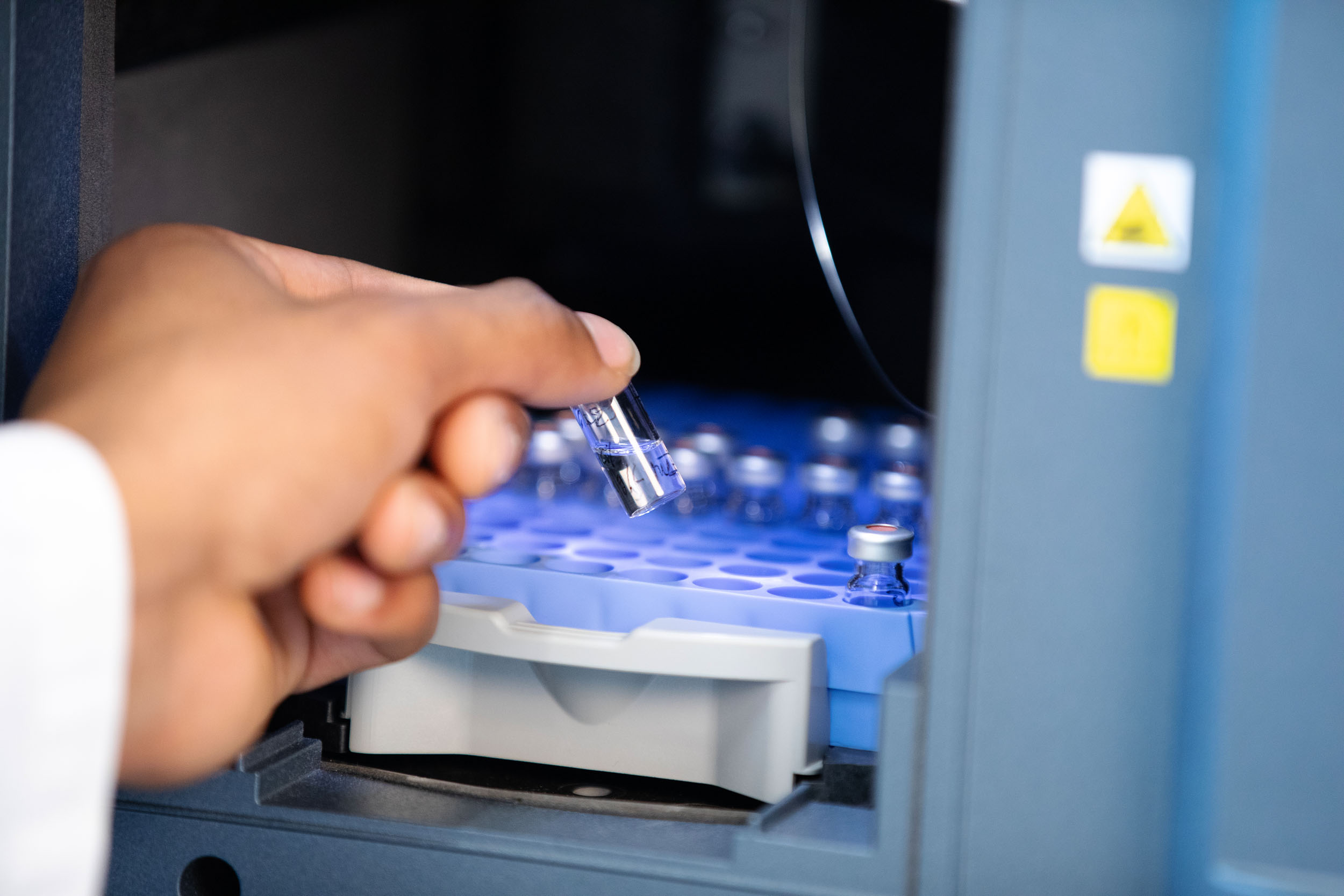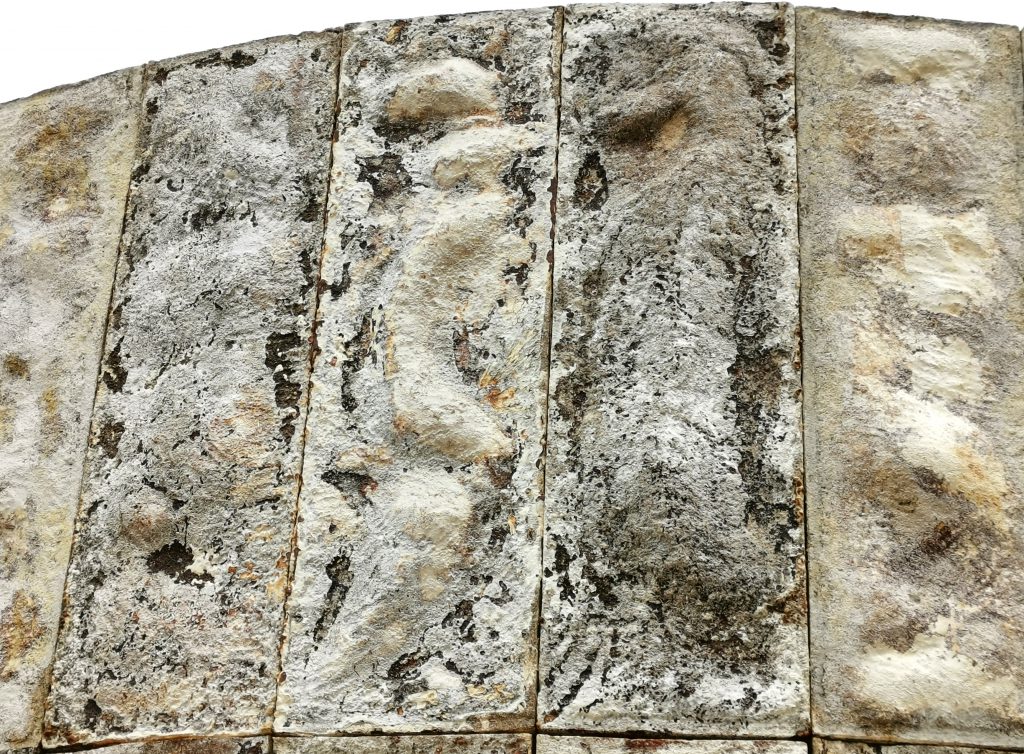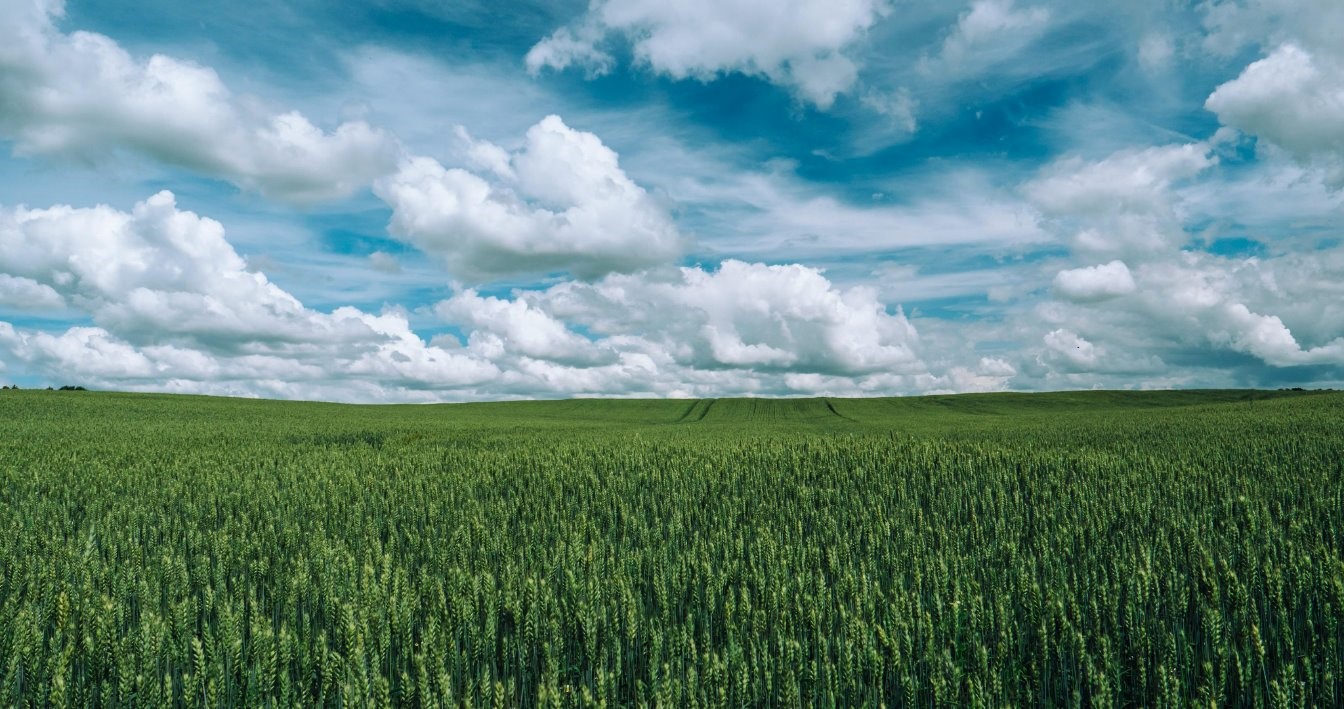At the start of the project, we first looked at the types and quantities of residual flows that are released in nature reserves in Flanders and Southwest Netherlands. The results of the inventory can be viewed on this map. You can also read the report (Dutch).
Cost-benefit model of grass value
We also developed the “cost-benefit model for grass valuation”. This is a tool with which nature managers, transporters and processors of natural grass can estimate the financial costs and benefits of their product across the entire chain (mowing, transport, processing). The tool is intended to be able to make a rough estimate of the financial feasibility of a product based on natural grass.
Because each type of grass has different properties and therefore a different business case, it is possible to indicate per type of grass the available amount of grass and the possible application. In many cases not all parameters will be exactly known; that is why the user has the choice to enter case-specific values himself or to choose a “default value”. These default values are based on the experience and knowledge of the various GrasGoed partners.
Three versions of the tool can be downloaded (Dutch):
Environmental impact of biobased GrasGoed products
arious products from natural clippings have been developed in the GrasGoed project. For two of these products, insulation mats from natural grass and proteins from natural grass, the Center of Expertise Biobased Economy performed an life cycle analysis (LCA). The insulation mats from natural grass were compared with insulation mats made of rock wool. The proteins from natural grass were compared to soy proteins.
This research has shown that proteins from grass, which are intended for chicken feed, score better than soy proteins in all three areas. Natural grass insulation mats also score better in all three areas than mineral wool insulation mats. It thus appears that the useful application of grass clippings is positive for the environment. More detailed information about the studies is described in LCA reports and presented on infographics.
Environmental life cycle costing (LCC) is a method to calculate the environmental impact related costs for a product or service. This method is similar to the concept of life cycle assessment (LCA), but less common and less developed. Within GrasGoed, the possibilities have been investigated as to whether and how LCC could be applied.
- LCA – grass fiber insulation versus stone wool insulation
- LCA – Grass Protein vs Soy Protein
- LCC study
MOOC GrasGood started
A lot of new knowledge was gained during GrasGoed. The Center of Expertise Biobased Economy has developed new course material with this knowledge. This online course, the MOOC GrasGoed, examines how biomass residual flows can be inventoried, which machines can be used to harvest natural cuttings, how this natural cuttings can be stored or pre-processed, how you can process natural grass into various products and what the opportunities are within this grass value chain. The MOOC can be followed at any time.
GrasGoed may be officially completed, but the reports and tools developed within the project remain available to everyone. Whether you are a nature manager, product developer or just interested, you can get started. The total overview with results can be found on www.grasgoed.eu. Also stay informed by following GrasGoed on Facebook.
Who supports the project?
Interreg Flanders-Netherlands subsidizes cross-border projects for smart, green and inclusive growth. It is funded from the European Regional Development Fund (ERDF). The project also receives a significant subsidy from the province of Antwerp as well as the province of Noord-Brabant and is currently still looking for additional funding for the project. http://www.grensregio.eu/
More information on www.grasgoed.eu
20160801 until 20191201




